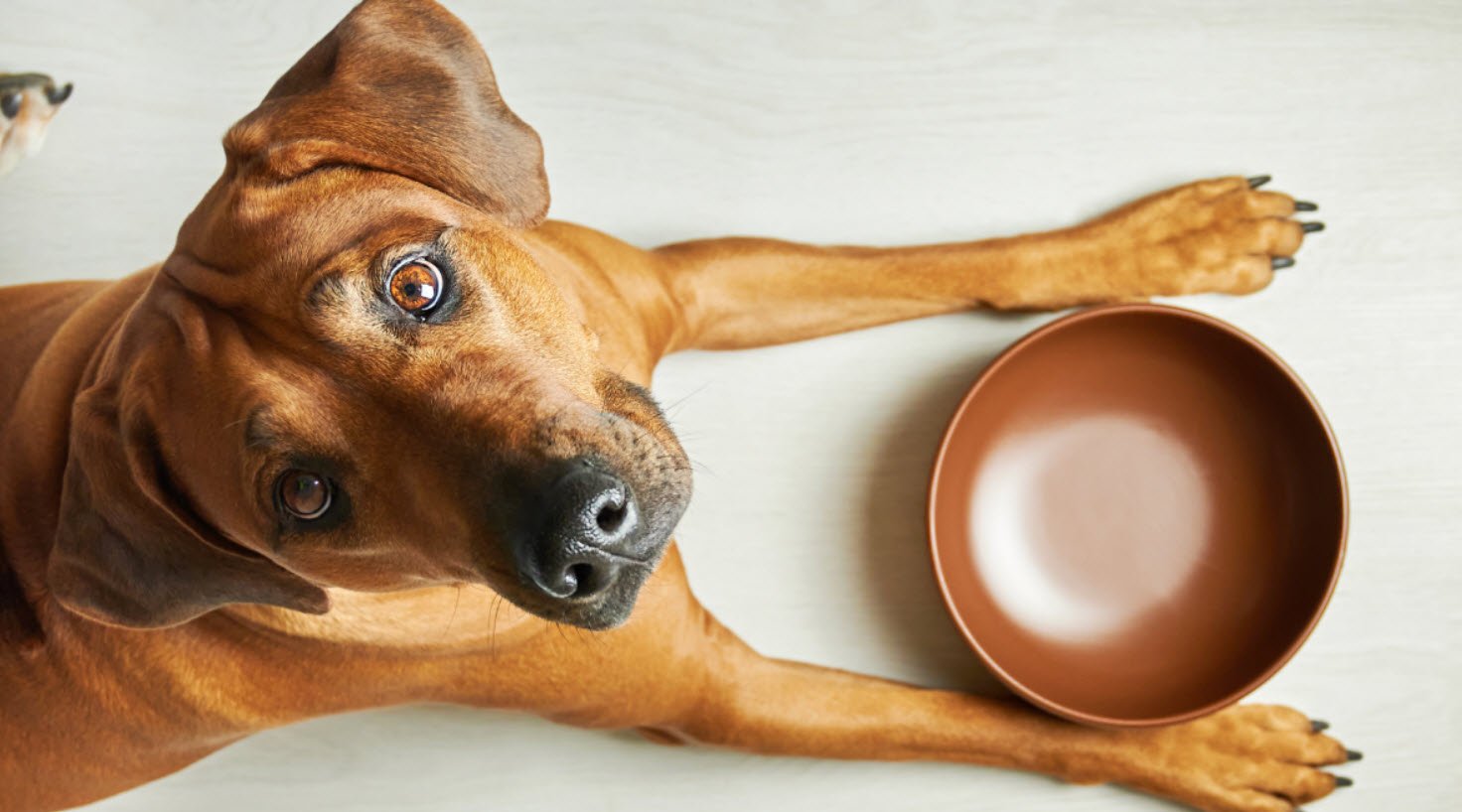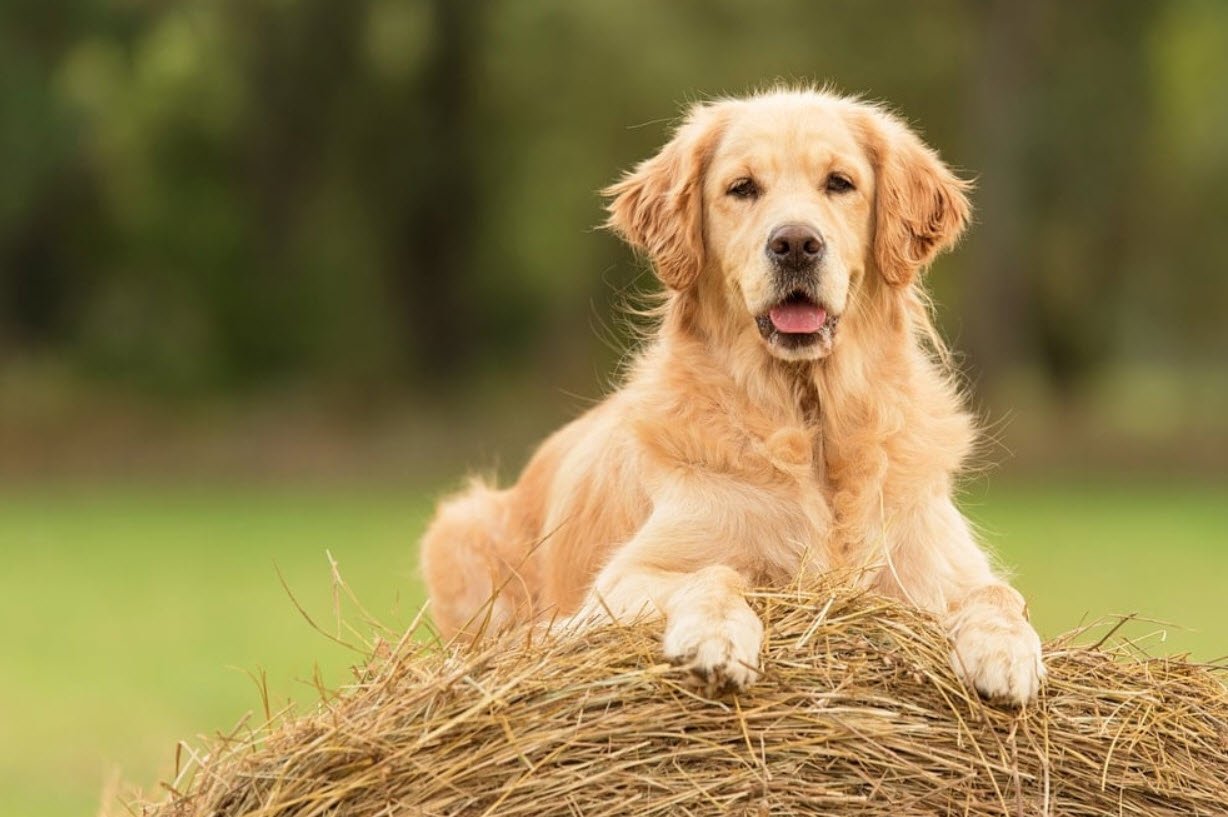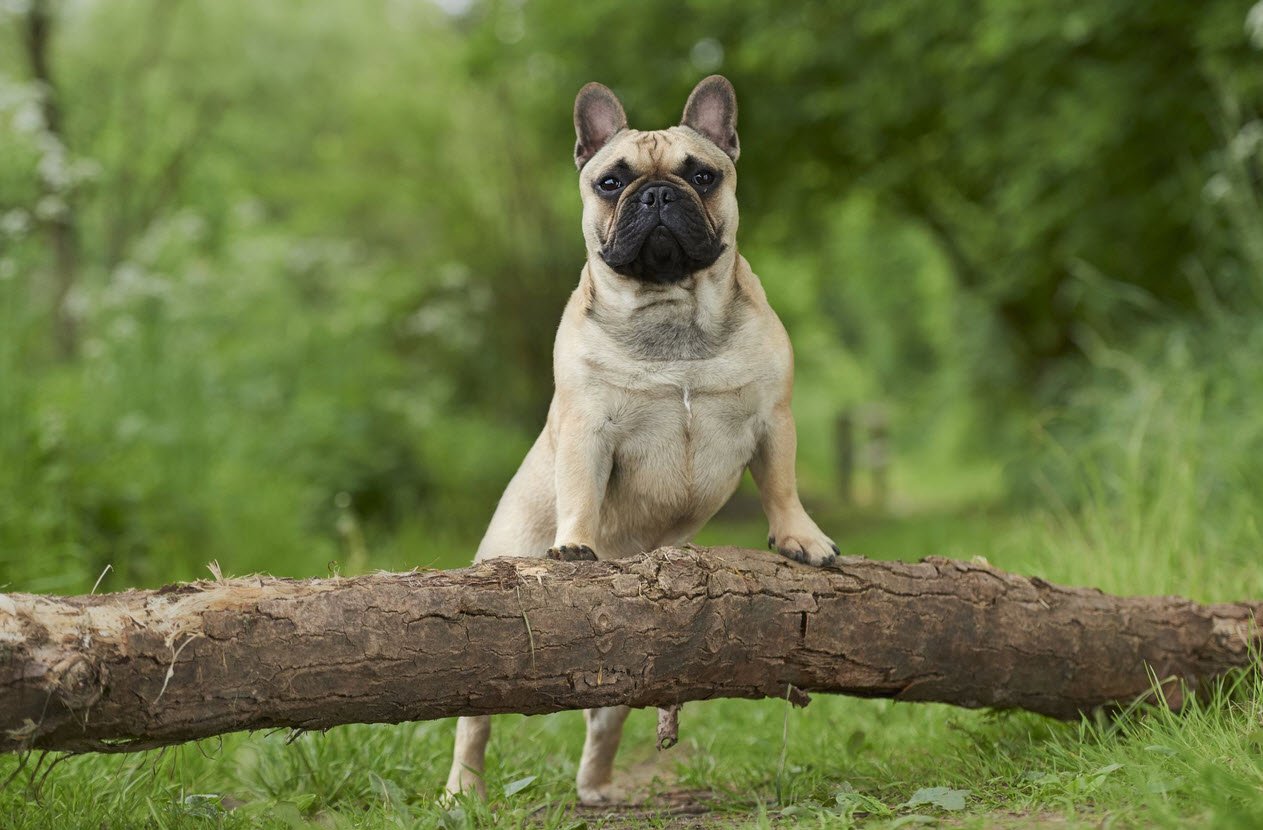
Massage isn’t just reserved for humans; our canine companions can benefit greatly from it too. Dogs, like people, can experience stress, anxiety, restlessness, and physical discomfort, making massage a valuable tool to enhance their overall well-being. Massaging your dog can promote relaxation, ease muscle tension, and improve their flexibility, contributing to a happier and healthier pup.
Here’s a guide on where to massage your dog to address specific needs and promote a strong bond based on trust and comfort.
- Stress & Anxiety
- Restlessness
- Flexibility & Range of Motion
- Digestive Issues
- Heart Health
- Comfort & Trust
1. Stress & Anxiety
Dogs, just like humans, can experience stress and anxiety due to various factors like changes in routine, noise, or separation from their owners. To help alleviate their stress, focus on massaging areas that encourage relaxation and a sense of calm. Gently stroke and massage their neck, shoulders, and the base of their tail. Using slow, rhythmic strokes can mimic the soothing effect of being gently petted, promoting a relaxed state of mind.
2. Restlessness
Restlessness in dogs can stem from excess energy or discomfort. To help your dog find tranquility, employ a gentle massage technique on their legs, particularly the muscles in their thighs and calves. Slow, circular motions and gentle kneading can relax these muscles and potentially reduce restlessness, allowing your dog to settle down and feel more at ease.
3. Flexibility & Range of Motion
Maintaining good flexibility and range of motion is vital for a dog’s overall health and mobility, especially in their hips and shoulders. Incorporate stretching and light massage into your routine to enhance your dog’s flexibility. Gently manipulate their legs, extending and flexing each joint carefully. Pay attention to their paws as well, gently stretching and flexing their toes to maintain mobility.
4. Digestive Issues
Massage can aid in promoting digestion and alleviating digestive discomfort in dogs. Light, circular motions around the abdomen can help stimulate blood flow and digestion. Be gentle and observant, ensuring your dog is comfortable and relaxed during the massage. This technique can assist in relieving gas and bloating, supporting a healthier digestive system.
5. Heart Health
While not a replacement for medical care, gentle massage can be a comforting addition for dogs with heart issues or for older dogs looking to improve circulation. Lightly stroke their chest and sides in a soothing manner. This touch can provide a sense of security and may encourage relaxation, potentially benefiting their overall heart health and well-being.
6. Comfort & Trust
The most important aspect of dog massage is the development of trust and a sense of comfort between you and your dog. Start with gentle strokes along their back, progressing to their neck, shoulders, and legs. Always observe your dog’s reactions and adjust the pressure and technique accordingly. Building this trust through massage can create a positive association with touch and strengthen the bond between you and your furry friend.
Incorporating regular massage sessions into your dog’s routine can not only address specific issues but also contribute to their overall physical and emotional wellness. Always consult with your veterinarian before introducing any new wellness practices to ensure they are appropriate for your dog’s health and condition.
With proper technique and attentiveness, massage can be a beautiful way to show your love and care for your beloved canine companion.
You may also like:- Common Causes of Dog Bad Breath
- 5 of the Most Painful Conditions for Dogs
- Top Natural Foods to Combat Bad Dog Breath
- Top 12 Most Popular American Dog Breeds
- 6 Most Popular Distinct Canadian Dog Breeds
- A Guide To Understanding Your Dog’s Body Language
- List of Vegetables That Can Be Valuable Addition To Your Dog’s Diet
- 15 Most Popular French Dog Breeds You Need To Know
- 17 Essential Oils that are Toxic to Dogs
- The Ultimate Dog-Friendly Packing List for Travel and Adventures








